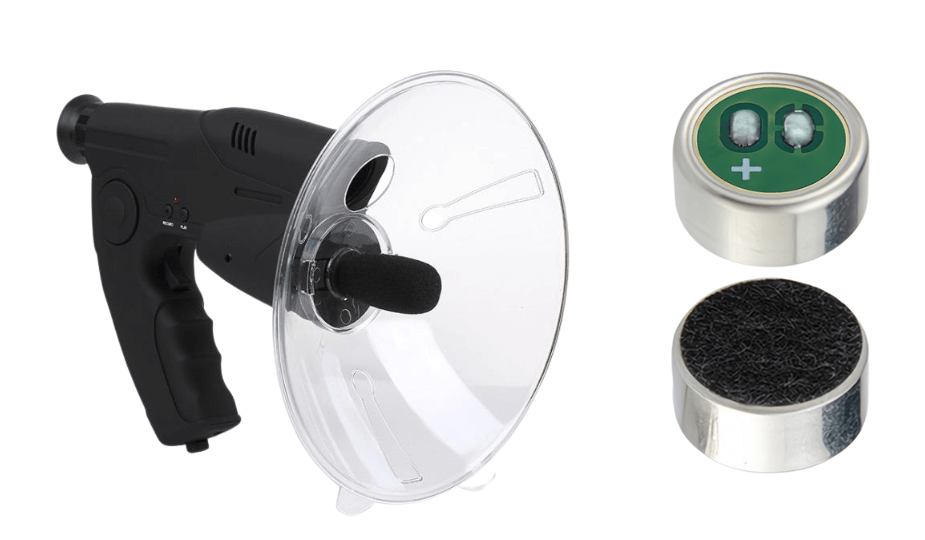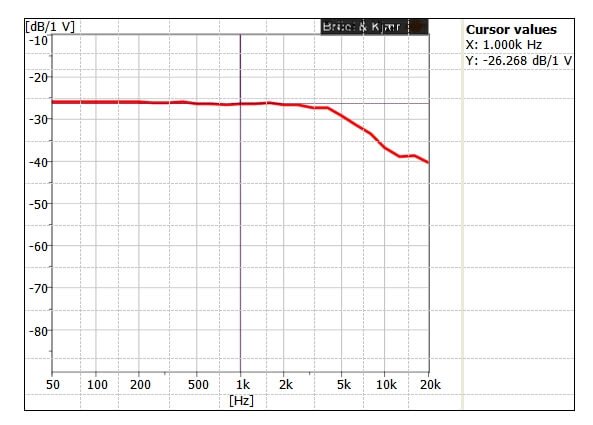
Parabolic microphones are widely used in applications that require long-distance sound capture, such as nature recording, surveillance, sports broadcasting, and research. At the heart of every parabolic microphone is a carefully selected microphone element — a component that significantly influences the clarity, sensitivity, and directivity of the entire system.
Why the Microphone Element Matters
While the parabolic dish helps to focus distant sound waves, the microphone element is what actually converts acoustic energy into electrical signals. Its characteristics determine whether the system can accurately pick up subtle sounds while minimizing ambient noise.
For manufacturers and brands developing their own parabolic systems, the selection of the microphone capsule is not just a technical decision — it’s a competitive differentiator.
Omnidirectional vs. Directional: What Actually Works Best?
Although many assume that directional (unidirectional or cardioid) elements are always preferable, omnidirectional microphone elements are in fact the mainstream choice for parabolic microphones — and for good reason.
- Focused pickup is achieved by the parabolic dish, not the capsule
The reflector itself naturally narrows the pickup field. An omnidirectional element mounted at the focal point receives sound concentrated by the dish, allowing the system to capture clear audio from distant sources. - Better off-axis rejection
A directional capsule inside a parabolic setup can sometimes interfere with the dish’s focusing characteristics, leading to unwanted frequency coloring or reduced gain. - Greater frequency response uniformity
Omnidirectional elements generally offer smoother off-axis frequency responses, which is critical for capturing natural sound, especially in wildlife and environmental applications.
Recommended Electret Microphone Element
If you’re developing or upgrading a parabolic microphone system, choosing the right component is crucial. Our ECM-B9750AL26-062 omnidirectional electret microphone element offers high performance for long-range acoustic capture. Learn more here.
| Parameter | Specification |
|---|---|
| Dimensions | 9.7 × 5.0 mm |
| Sensitivity | -26 ± 2 dB |
| Signal-to-Noise Ratio | 82 dB |
| Frequency Response | 50 Hz – 16 kHz |
| Maximum SPL | 110 dB |
| Output Impedance | 2.2 kΩ |

Thanks to its high sensitivity and exceptionally low noise floor, this capsule delivers clear and detailed pickup of distant speech, wildlife sounds, and ambient environmental audio. The frequency response is flat and stable up to approximately 4 kHz, which ensures faithful reproduction of fundamental tones in vocal and natural soundscapes. The response then gradually attenuates beyond 4 kHz, but the capsule remains effective at capturing most common bird calls, making it well suited for applications such as environmental recording, birdwatching, and amateur nature audio projects.
Why Work With Us?
As a microphone component manufacturer, we support OEM/ODM projects with high consistency, tight production tolerances, and responsive technical collaboration. Whether you’re designing professional-grade wildlife recorders, surveillance tools, or acoustic measurement instruments, we can help you integrate reliable audio performance from the inside out.
Let’s Build It Together
Looking to customize the microphone capsule for your parabolic system?
→ Contact our engineering team today for samples, datasheets, and project support.


